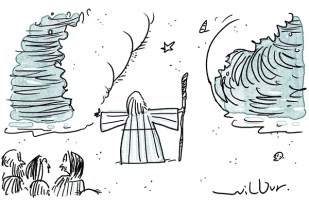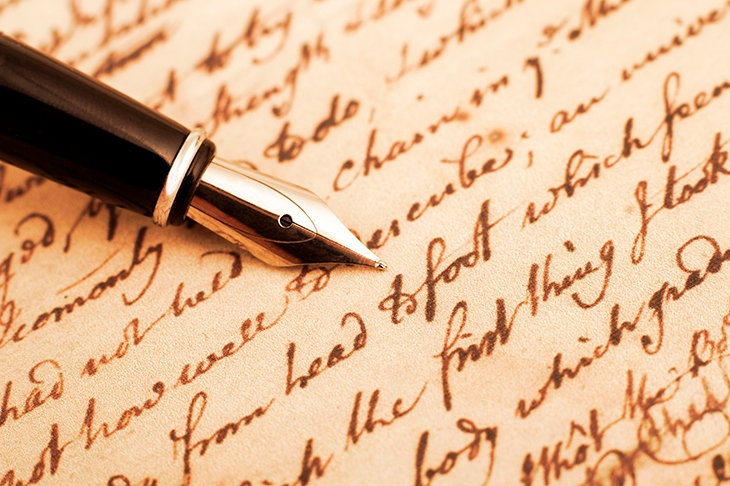Towards the end of April, my mum sent me a letter. She doesn’t write as a rule — we speak on the phone — but this time she sent something. It’s hard to explain the effect her handwriting had on me after so many months of being apart. It was as if she was there, in envelope form, on the doormat.
And because her handwriting’s been so familiar for so long, it wasn’t simply my mum as she is now, but Mum through three decades. I stood there in the gloom of the hall, vertiginous with memory, and I realised how unlikely it is that any future generation will have this same experience.
I’m Generation X, the last of the analogue gang, brought up on handwriting. Our things weren’t encoded, they were imprinted: records and tapes. We had calligraphy sets, and as teens hand-wrote self-conscious love letters. Our crime dramas, back in the 1990s, inevitably involved a graphologist who could spot a psycho by the deviant slant of his writing. Psychos always wrote notes in those days. I have a feeling that the FBI and our Special Branch actually did employ graphologists back then, though I hope I’m wrong. We were the last generation to be snotty about fountain pens: ‘No, sorry, you can’t borrow it. You’ll ruin the nib.’ And we’ll be the last to understand what it is to recognise someone so completely in the slants and loops of their handwriting.

Handwriting is fading, that’s a fact. Though British schools still teach joined-up cursive script, in America it’s optional, up to each individual state, and many of them don’t see the point. If handwriting’s taught at all it’s printed writing — each letter separate and isolated, and most children type their notes.








Comments
Join the debate for just £1 a month
Be part of the conversation with other Spectator readers by getting your first three months for £3.
UNLOCK ACCESS Just £1 a monthAlready a subscriber? Log in